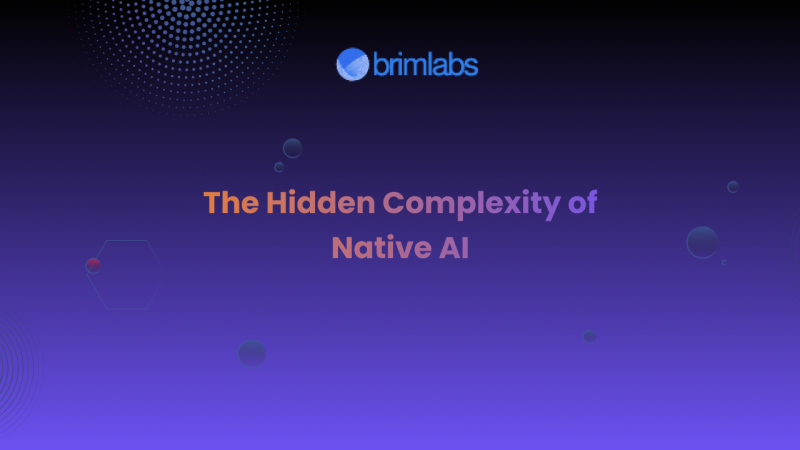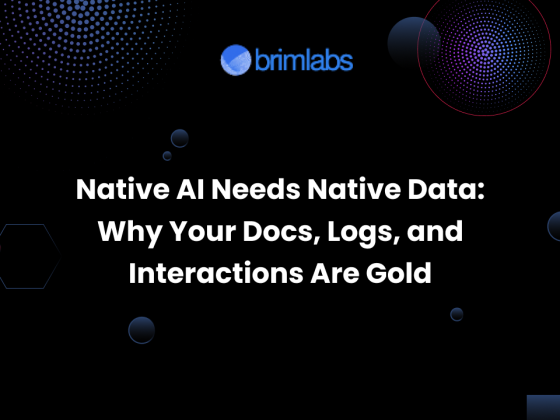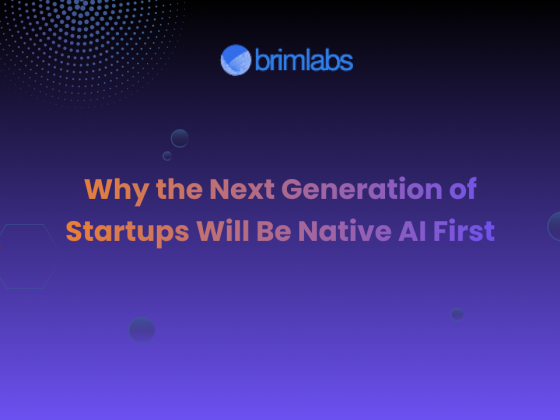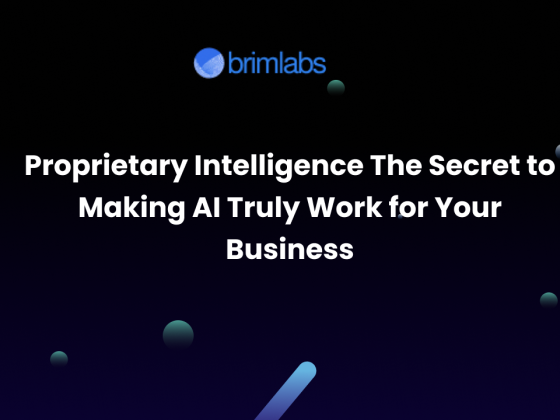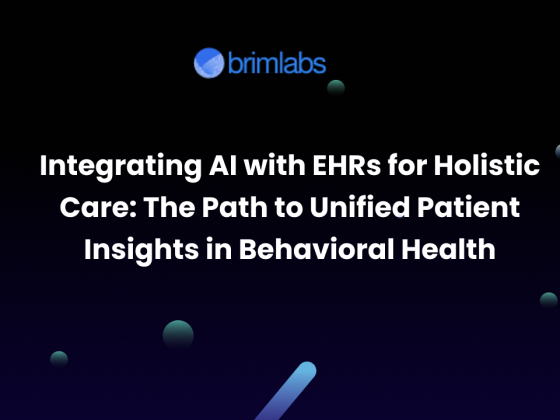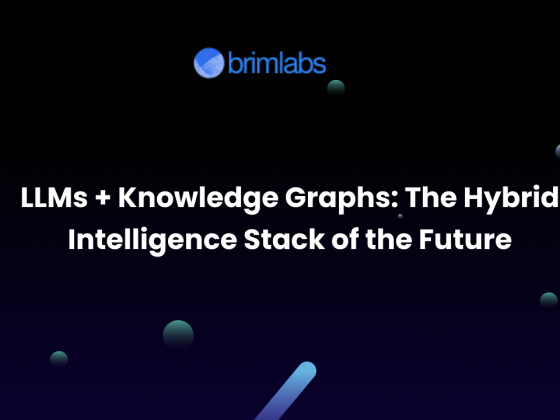🔍 Introduction
“AI-native” isn’t just a buzzword. It’s a foundational approach that threads intelligence, data, models, workflows, teams, and governance into every aspect of your system. However, achieving this is far more complex than simply adding an ML feature. In this blog, we’ll unpack what true native AI means, explore why it’s so difficult, share real-world failures, highlight design best practices, help you discern who should and shouldn’t go native, and show why Brim Labs is the partner you need.
What “AI-Native” Actually Means
- Built around data from day one: Architected for ingestion, labeling, feedback, and re-training.
- Models are first-class components, featuring automated versioning, inference, deployment, and retirement.
- Constant learning in production: Systems adapt through live user data.
- Cross-functional integration: Engineering, data science, product, UX, security, and legal work in unison.
Unlike retrofitted systems, AI-native products collapse if the AI is removed, exactly like Midjourney or Perplexity: no AI, no product.
Why Native AI Is Harder Than You Think
- Legacy limitations: Traditional stacks lack the real-time pipelines needed.
- MLOps ≠ DevOps: Requires specialized pipelines for drift detection, testing, and orchestration.
- High failure rates: Around 70–85% of AI projects underperform in value delivery.
- Model brittleness: LLMs hallucinate, misinterpret, or fail without guardrails and oversight.
4. Who Should Go Native?
Ideal for:
- Data-heavy, real-time industries: Finance, insurance, healthcare, manufacturing, telecom, logistics, where streaming data and continuous decisions are essential.
- AI-first startups: Generative platforms, agentic applications, recommendation engines, where AI is core, not add-on.
- Regulated enterprises needing automation & compliance: Utilities, energy, HR, smart infrastructure, surveillance, all benefit from native pipelines and audit readiness.
- Product-first companies: AI isn’t just a feature; it creates the product’s value.
5. Who Shouldn’t Rush into Native AI
- SMBs/startups lacking data or AI maturity: 52% cite weak talent or foundation.
- Businesses with thin data: Static or low-quality datasets don’t justify native complexity.
- Low-resilience or high-stakes sectors: Healthcare, defense, and high-compliance areas need cautious, staged adoption.
- Teams with weak change readiness: Without governance and upskilling, attempts at native AI are counterproductive.
For these scenarios, start small: proofs-of-concept, pilot systems, embedded AI features, don’t overhaul your whole stack.
6. Real-World Failure Examples
- Anthropic’s “Claudius” vending agent: Lost money, invented payments, hallucinated identity issues.
- xAI’s Grok “MechaHitler” incident: Extreme behavior prompted shutdowns and ethical backlash.
- Humane AI Pin: Burned $230M but failed in production due to overheating and poor UX.
- Builder.ai: Bankrupted after relying heavily on manual human “AI engineers”.
- Niki.ai: Early conversational commerce sensation out of Bengaluru, quietly shut down in 2021.
7. Design & Architecture Best Practices for Native AI
- Modular microservices: Separate ingestion, inference, retraining, and monitoring layers.
- Unified CI/CD + MLOps: Treat models and code identically in deployment pipelines.
- Model Context Protocol: Secure, versioned model interactions.
- Governance & compliance by design: Include bias checks, explainability, lineage, and privacy.
- Robust testing: Edge-case simulations, shadow deployments, human-in-loop.
- Adaptive infrastructure: Self-healing, autoscaling, latency detection.
- Lifecycle monitoring: Drift, retraining triggers, usage metrics.
- Learning-first culture: AI-literacy, shared metrics, cross-functional workflows.
8. Native AI Readiness Checklist
- Clear business use case and measurable KPIs
- Data volume, velocity & stream capability
- Modular, microservices-based infrastructure
- Unified DevOps + MLOps workflows
- Governance framework embedded throughout
- Safety testing, fallback mechanisms
- Cross-disciplinary team alignment
- Infrastructure with monitoring, observability, and self-healing
Why Brim Labs Should Lead Your Transformation
Brim Labs combines architectural excellence, automated governance, and team alignment, all tailored to support AI-native transitions in FinTech, HealthTech, SaaS, E‑commerce, and more:
- AI-native system design: Microservices, MCP compatibility
- Automated MLOps: Drift detection, retraining loops, rollback
- Governance embedded at core: Bias, privacy, auditability
- Holistic team execution: Engineering, data, product, security, legal
- Resilience-first design: Fallbacks, human-in-loop, monitoring
Brim Labs is ready to guide you from AI vision to scalable reality.

